How Rwanda’s $54 Million Nasho Irrigation Project is Revolutionizing Agriculture
Explore how Rwanda’s $54 million Nasho Irrigation Project improves agriculture with solar irrigation, upgraded infrastructure, and collective farming, increasing both productivity and sustainability.
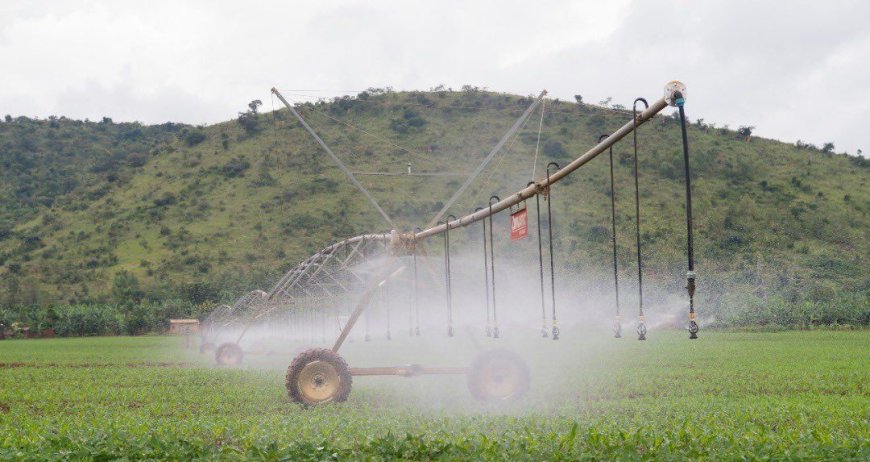
Rwanda is making significant strides in agriculture with the innovative Nasho Irrigation Project, a $54 million effort to transform farming methods, enhance food security, and uplift rural communities. This impactful initiative in the Kirehe District exemplifies how strategic investments in agriculture, renewable energy, and infrastructure can foster productivity, sustainability, and economic development.
Supported by the Howard G. Buffett Foundation, the Nasho Irrigation Project goes beyond irrigation; it represents a comprehensive strategy for rural development. By combining advanced technology, renewable energy, and community empowerment, Rwanda is establishing a new benchmark for climate-smart agriculture in Africa.
Project Overview: A Model for Modern Agriculture.
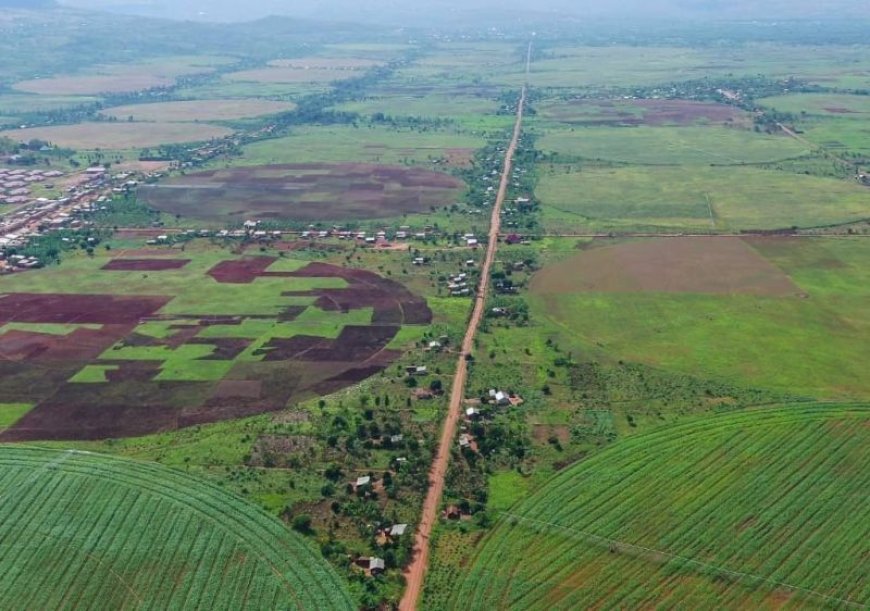
The Nasho Irrigation Project is a significant initiative benefiting 2,099 small farmers in the Kirehe District. This project primarily seeks to enhance on-farm productivity by promoting efficient water management, soil conservation, and access to modern agricultural technologies. However, its goals extend beyond irrigation; it represents a holistic approach to uplift rural communities and fosters a sustainable future.
Key Features of the Project:
- Center Pivot Irrigation Technology:
The project employs cutting-edge center-pivot irrigation systems that promote efficient water distribution and minimize waste. This technology enables farmers to cultivate crops throughout the year, even in dry seasons, greatly enhancing productivity.
2. Renewable Energy Integration:
The irrigation system has a 3.3 MW solar power plant and a 2.4 MW battery storage unit. This innovative approach decreases dependence on costly diesel-powered pumps, lowers operational costs, and fosters environmental sustainability.
3. Infrastructure Development:
To enhance accessibility and connectivity, the project extended 24 km of existing roads and built 10 km of new roads. This upgrade in infrastructure facilitates farmers in transporting inputs and produce, minimizing post-harvest losses and boosting market access.
4. Housing for Farmers:
The project focused on enhancing farmers' living conditions. To assist resettled farmers and their families, 144 houses were constructed, organized into 36 four-in-one housing units.
Impact on Farmers and Productivity.
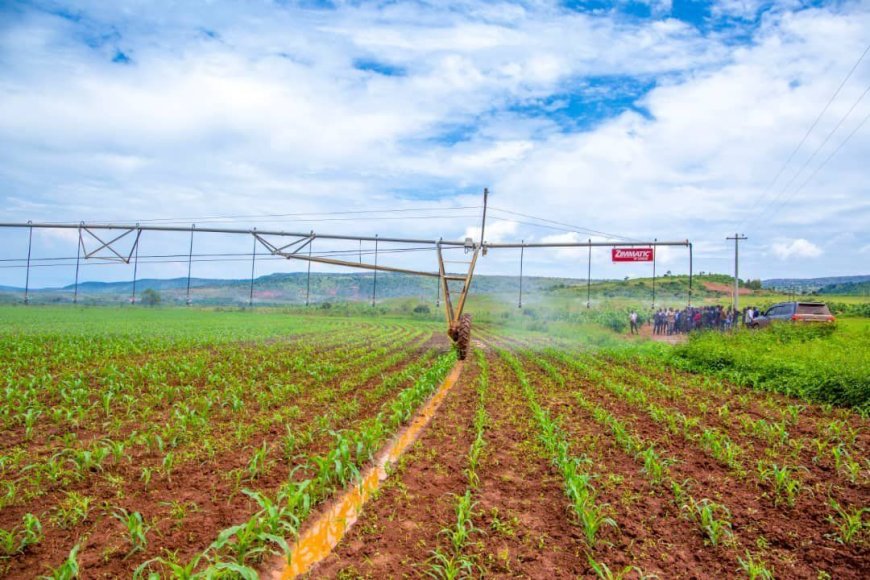
The Nasho Irrigation Project has achieved impressive outcomes, enhancing the livelihoods of small-scale farmers and increasing agricultural productivity. Here’s how:
1. Establishment of the Nasho Irrigation Cooperative (NAICO):
Farmers have established the Nasho Irrigation Cooperative (NAICO), which jointly oversees and maintains the irrigation systems. This cooperative approach encourages teamwork, sharing of expertise, and cooperative decision-making.
2. Year-Round Farming:
Farmers now have dependable water access, allowing them to cultivate crops year-round and diminishing their reliance on seasonal rainfall. This shift not only boosts income but also strengthens resilience against climate change.
3. Increased Crop Yields:
The project has resulted in marked enhancements in crop yields:
◦ Maize: increased from an average of 1.5 metric tons to 5.5 to 10 metric tons per hectare.
◦ Beans: 1.5 metric tons per hectare.
◦ Soybeans: 1.3 metric tons per hectare.
4. Economic Empowerment:
Enhanced productivity leads to greater earnings for farmers, improving their livelihoods and alleviating poverty in the area.
A Blueprint for Sustainable Agriculture.
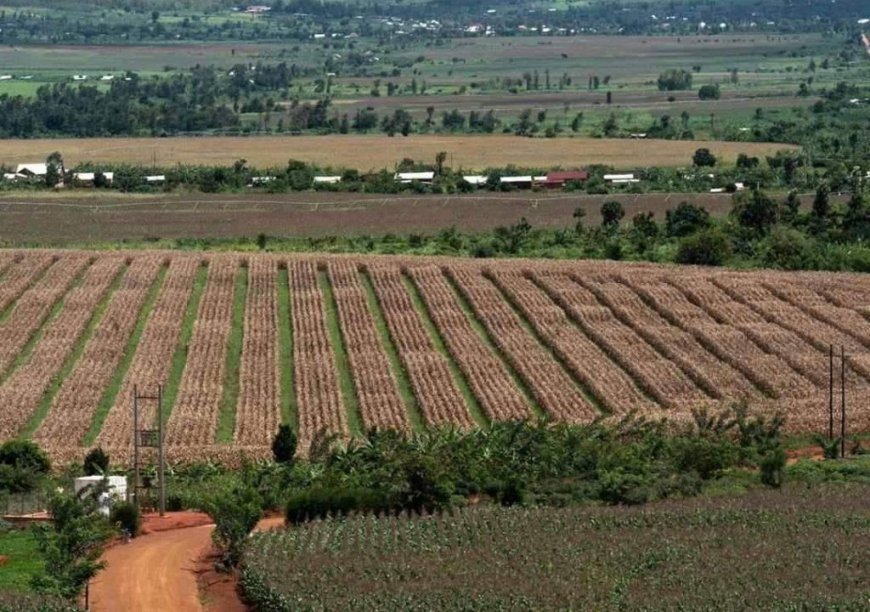
- The Nasho Irrigation Project represents a local achievement and a blueprint for climate-smart agriculture and sustainable rural development throughout Africa. Here are its key highlights:
2. Adoption of Renewable Energy:
By utilizing solar energy to operate the irrigation system, the project minimizes carbon emissions and lowers operational expenses, establishing a benchmark for sustainable energy practices in agriculture.
3. Emphasize Soil and Water Conservation: The project prioritizes efficient water usage and soil preservation to guarantee sustainable agricultural productivity and environmental wellness.
4. Community-Centric Approach:
The project emphasizes the welfare of farmers, engaging them as active participants and beneficiaries in every aspect, from housing to cooperative farming.
5. Scalability and Replicability:
The achievements of the Nasho Irrigation Project illustrate that comparable ventures can be implemented in various areas, providing a scalable answer to food security and rural development issues.
Key Highlights of the Nasho Irrigation Project.
• $54 million investment in agricultural transformation.
• 2,099 small-scale farmers served by modern irrigation.
• 3.3 MW solar power plant featuring 2.4 MW battery storage.
• 24 km of roads upgraded and 10 km of new roads built.
• 144 houses constructed for resettled farmers.
• Maize yields ranging from 5.5 to 10 metric tons per hectare.
• Enhanced cooperative farming under NAICO.
What’s Next for Rwanda and Beyond?
The Nasho Irrigation Project exemplifies Rwanda’s dedication to innovation, sustainability, and inclusive growth. It demonstrates how targeted investments in agriculture can revitalize rural economies, improve food security, and strengthen resilience against climate change. As other nations face similar issues, the Nasho model provides important insights.
• Invest in technology and infrastructure to enhance productivity.
• Utilize renewable energy to cut costs and lessen environmental impact.
• Strengthen communities by promoting cooperative models and better living conditions.
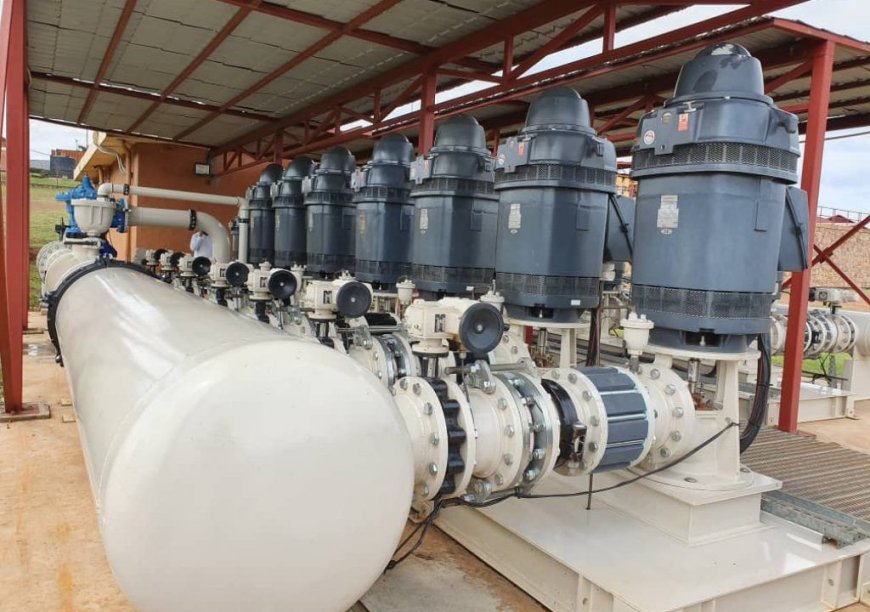
Your Thoughts?
What are your thoughts on large-scale irrigation efforts such as the Nasho initiative? Do you believe that similar investments could revolutionize agriculture in your community? Feel free to share your opinions in the comments below or tag someone who would benefit from learning about this inspiring project!
Rwanda’s Nasho Irrigation Project is paving the way toward a sustainable agricultural future by integrating advanced technology, renewable energy, and community engagement.
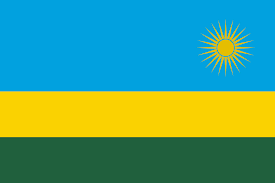 Kinyarwanda
Kinyarwanda
 English
English







































































